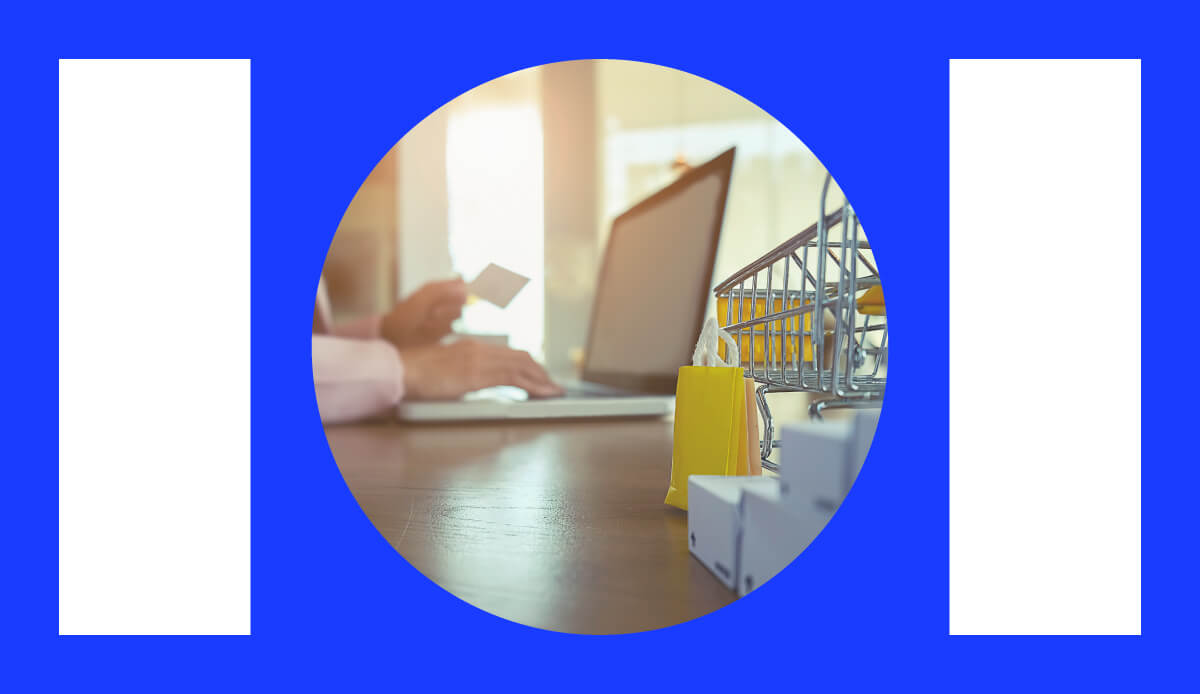
With Q4 fast approaching, we also welcome the big sale season. For the e-commerce sector in particular this season is crucial; hundreds of brands jostling for position as customers take advantage of unique promotions and outrageous discounts. In Southeast Asia, the most popular online events happening during this season are undoubtedly 10.10, 11.11, and 12.12, which make Q4 the golden period for eCommerce platforms. During last year’s 11.11 big sale day, e-commerce giant Alibaba’s broke sale records driving over $38 Billion in sales within 24 hours. Whilst many of us can only dream of such a successful sale, there are 7 steps every marketer can follow to take advantage of the increased demand during this period.
Define success parameters
This might seem like an obvious one but defining your goals is essential to set up a successful digital strategy. As a business entering this sale period, you should know what your objectives are, whether it be driving 2.5X transactions, increasing ROAS by 15% or increasing your install to purchase CVR by X%, it should be clear from the word go. This will ensure there is no confusion around the success of the campaign and will help to set benchmarks and learnings for future times.
Understand your audience
It would be lazy to assume that all consumers are interested in buying your products. Whilst the big unicorn companies have limitless budget and can afford high impact roadblocks, the vast majority of marketers need to be more efficient and focused with their marketing budget by targeting selected audiences. To reach and convert those audiences, platforms like GWI can help you understand more about your users’ digital behaviour and consumption through indexing their traits in-app and online.
Develop your media strategy
A strong balanced strategy could involve some focused branding activity complemented by some hard-selling performance tactics that scale up to its peak by sale day. Combining these elements can help fill your top of funnel and guide your consumers down to conversion. For your top of funnel, ensure you set objectives for your branding activity, set a frequency to stay ahead of competition, and keep your creative messaging soft-sell to spark initial interest around the sale. For your middle to lower funnel, build audiences or lookalikes off the branding activity and make sure to follow-up with any users that drops out of their journey to conversion through retargeting campaigns.
Identify your media channels
As a next step, you need to select which channels to use. While Facebook and Google are likely to be heavy hitters on your media plans, you shouldn’t write off the rest of the digital ecosystem so quickly. Refer to the data insights of your audience and stand out among your competitors by utilising the right DSP’s and targeting whilst leveraging relevant direct buys. A good balance of partners is always best. Keep in mind the below considerations:
- Transparency – does the partner in question have the ability to give full transparency when it comes to where and when your ad is being served.
- Incrementality – would these users have made a purchase/downloaded my app anyway? For example, some partners are good at winning the last-touch attribution game. Eating into your organic conversions can help you achieve your marketing objectives but fundamentally undermine your chances of achieving your business objectives.
- Fraud Score – depending on what channel this partner identifies with (Social, Programmatic, Ad network) you can determine the likelihood of fraud being present and act accordingly.
Plan your budget
Now you can start allocating your budget. Understand the different potential of each channel and if you are running with 3rd party vendors, talk to them to better understand their capabilities. Where possible, look at historic data and meticulously work through benchmarks to calculate what CTR’s, CVR’s and budget is needed per channel to drive the targets you have set. Again, it would be wrong to think you can plan the perfect campaign before you have started. You will need to continuously reallocate budget and optimise your platforms to achieve success.
Measure, Monitor & Optimise
Arguably the most important aspect of running any campaign is ensuring it is tracked properly. Without tracking, you can’t make informed decisions to enhance your campaign and ultimately can’t measure success. Once the campaign is live and you are scaling up, it is essential to have processes in place to monitor delivery and performance throughout the day. As these sale periods are fast and furious, keeping on top of your numbers is key. Only then you’ll be able to optimise effectively.
Repeat
Monitor, optimise, repeat. Then repeat again. Working with short time frames in the build up to sale day means aligning and repeating your processes as much as possible to facilitate the best environment for success. Don’t get disheartened if initial performance isn’t strong. Check the data, make informed decisions and go again.
Whilst following these 7 steps can’t guarantee you Alibaba-like success, they should provide the structure and platform to stand out against your competitors during this hectic time and give you every chance at success. Good luck!


